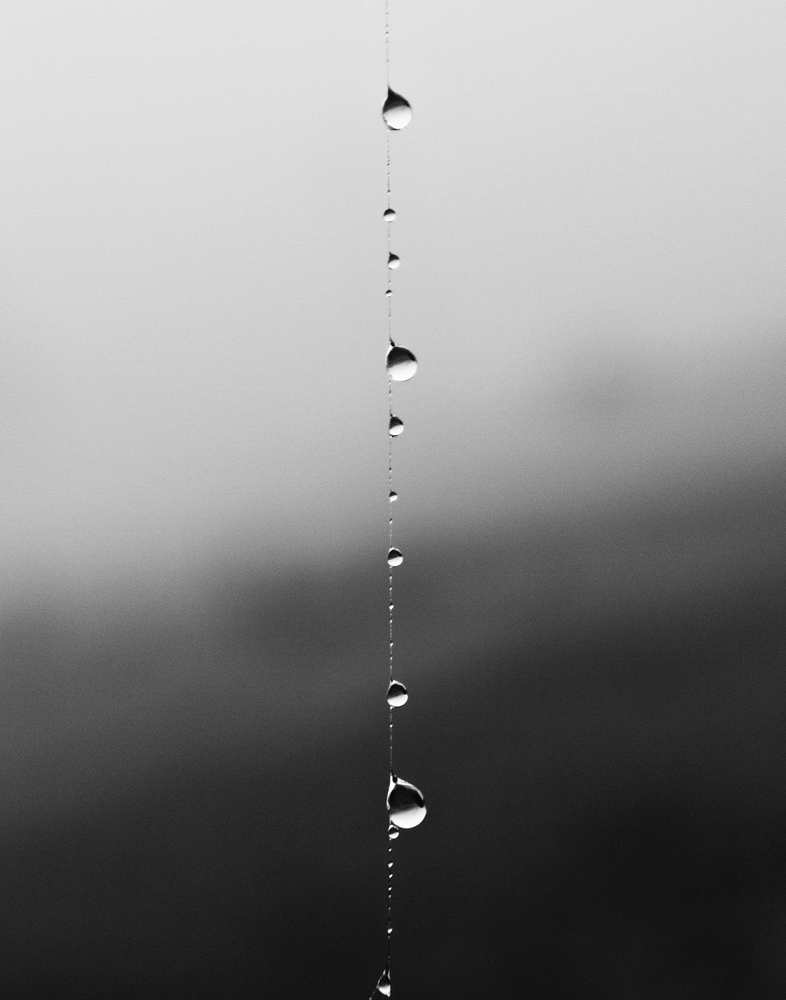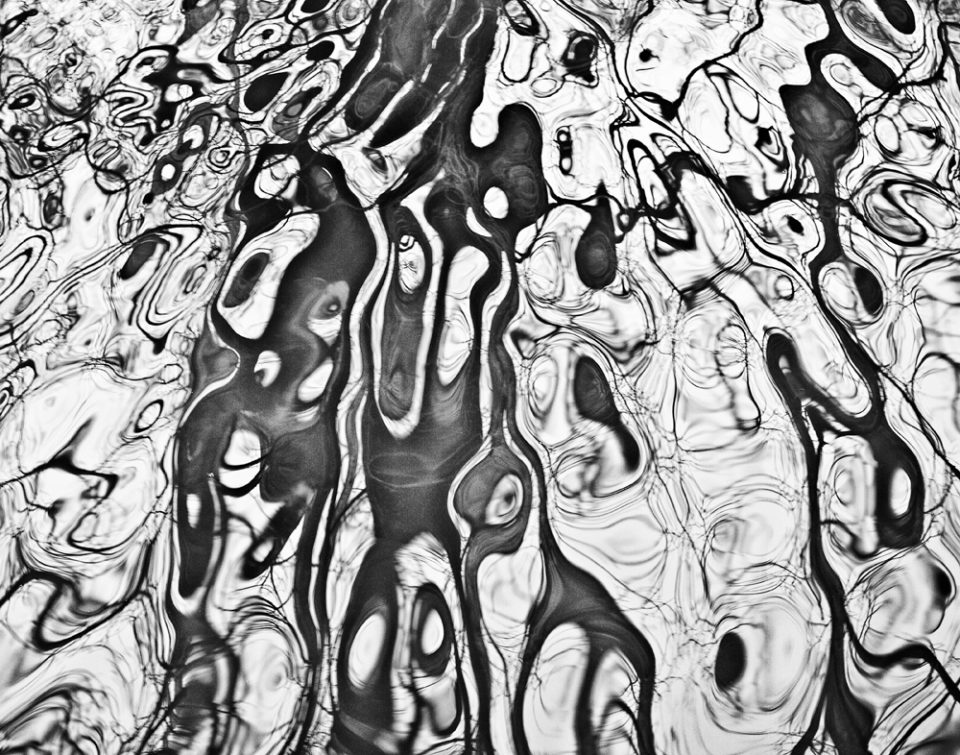In this episode of the Fine Art Photography podcast, I offer four elements that I think are required to make a great black and white photograph

Episode full transcript
Art is a very subjective topic of course, but since I specialize in black and white photographs, I thought I’d describe the qualities I believe make a strong black and white image.
For me, it comes down to four elements: Emotion, Unique Artistic Vision, Story, and the Print.
Notice that I didn’t mention anything about focus, composition, or the type of camera used to make the image. Those things matter, but they’re basics that fall secondary to — and that serve to support the artist’s unique vision.
The first of my four elements to make a strong black and white photograph is Emotion
I believe B&W photography is particularly well-suited to portraying emotion in the subject, as well as provoking emotion in a viewer. One of the reasons I’m so passionate about the art of black and white photography is its combination of both raw power and subtlety, its grain and texture . . . the way it cuts away the superficial stuff and gets us to the essence of a subject.
I believe that while a color photograph may show us a more accurate reality, a black and white photograph shows us
truth. Canadian photographer Ted Grant said it well in his famous quote “When you photograph people in colour, you photograph their clothes. When you photograph people in black and white, you photograph their souls.”
Grant’s statement applies to landscape photos as well, and yes, I believe landscapes often have “soul.” Regardless of the subject — whether it’s the face of a stranger on a city sidewalk in the 1950s Chicago street photographs of the late Vivian Maier, or a lone tree on a snow-covered mountaintop in Japan in the landscapes of Michael Kenna — a great B&W photograph conveys emotion.
My second prerequisite of a strong photograph is a Unique Artistic Vision
The unique vision of the artist is what gives all art its power. In photography, this involves many choices, not only of subject matter and themes, but also of lighting, equipment, and techniques. In the hands of an artist, a beautiful photograph may be too dark or too light, it may be blurry, grainy, or it may be oddly composed. The photograph may be created in a wooden box camera on a glass plate negative using antique lenses, or it may be created in a pinhole box with no lens at all.
It may be a digital file processed on a computer, or a salt print processed the same way it was done 150 years ago. The process serves the vision of the artist and over time becomes a signature style. An Ansel Adams landscape is unmistakable, just as a fashion photograph by Richard Avedon is uniquely his own. Could anyone not recognize a photograph by Diane Arbus? Or Sally Mann? Or Andy Warhol?
I’ve found that minimalist compositions often result in my most effective and evocative B&W images: a single blackbird in flight, contrasted against a snow-covered field; a barren winter tree separated from the background by a dense, mysterious fog; a few droplets of dew slowly running down a thread of spider silk on a damp morning. One of my most distinctive photographs features nothing more than abstracted ripple patterns in a languid stream.

Textures, light and shadow, the amount of depth-of-field, contrast, and effective use of composition can all contribute to the vision of the photographer, and help in making a powerful unforgettable image.
My third element of a great black and white photograph is the Story
A good photograph often tells (at least a piece of) a story, and is often part of a continuum of the artist’s work that expands on a theme. Of course, this is unique to each photographer and connects directly back to their vision. For some it might be family issues, for others it might be exploration of a certain culture or subculture, and for others it might be nature. My work tends to include two running themes:
- My belief that all art springs from nature and that the natural world is an endless source of inspiration and beauty; and . . .
- The idea that most landscapes are more than just landscapes, having been shaped by their histories and the people who lived, worked, or died there. What happened there? Who walked that ground long before we did? I can almost literally feel the voices of those people from the past trying to speak through my images. B&W photography is perfectly suited for communicating this kind of story.
The photograph may suggest ideas in the mind of the viewer, or it may create questions. Often the work of the late, great master of street photography Garry Winogrand left the viewer puzzled. He loved to photograph groups of people looking at some unseen action outside the frame. What had them so transfixed? The question goes unanswered.
In one photograph, he photographed a crowd of people on a New York City sidewalk. A gap in the crowd reveals a young boy standing beside a puddle of blood. On the left side of the frame we see the legs and shoes of a man on the ground surrounded by people. Are they helping him? How did he get hurt? Is he related to the boy? We can’t know the answer. Yet one writer on Literary Hub said that a Winogrand photograph contains an entire novel.
And my fourth and final element for making a great photograph — a High-Quality Print
Finally, for me at least — the final goal for a great B&W photograph in particular, should still be a high-quality print. Photography is ubiquitous these days, and most people experience photos on the Internet. But a B&W photograph must be seen in print. Prints come in a wide variety of formats, from pigment prints on watercolor paper or canvas, to traditional silver gelatin photographic prints, and even archaic processes like tintypes. But regardless of the format, a beautifully framed B&W photograph should take your breath away. It should pull your eyes like a magnet.
For me, it should serve as a conversation piece or as an enhancement to your interior design. I receive amazing feedback from collectors, who often say that my work has touched them in a profound or meaningful way. I love hearing that because I want to create photographs that move people. But I also want to create images that people are proud to frame and display in their homes or offices. That’s how I know I’ve created a successful black and white photograph.
Those are my thoughts. What do you look for in a great photograph whether it’s black and white or color?
To see some of my own black and white photographs, be sure to go to my website at keithdotson.com.
Thanks for reading.
Be sure to visit me on Facebook, Instagram or Pinterest, or on my website at keithdotson.com.
~ Keith

Portraits, landscapes and any abstract sort of photo tend to be the best images for black and white conversions (though they can be great in color too, obviously). When it comes to street photos, travel photos, and anything more documentary in style, color is usually a better bet.